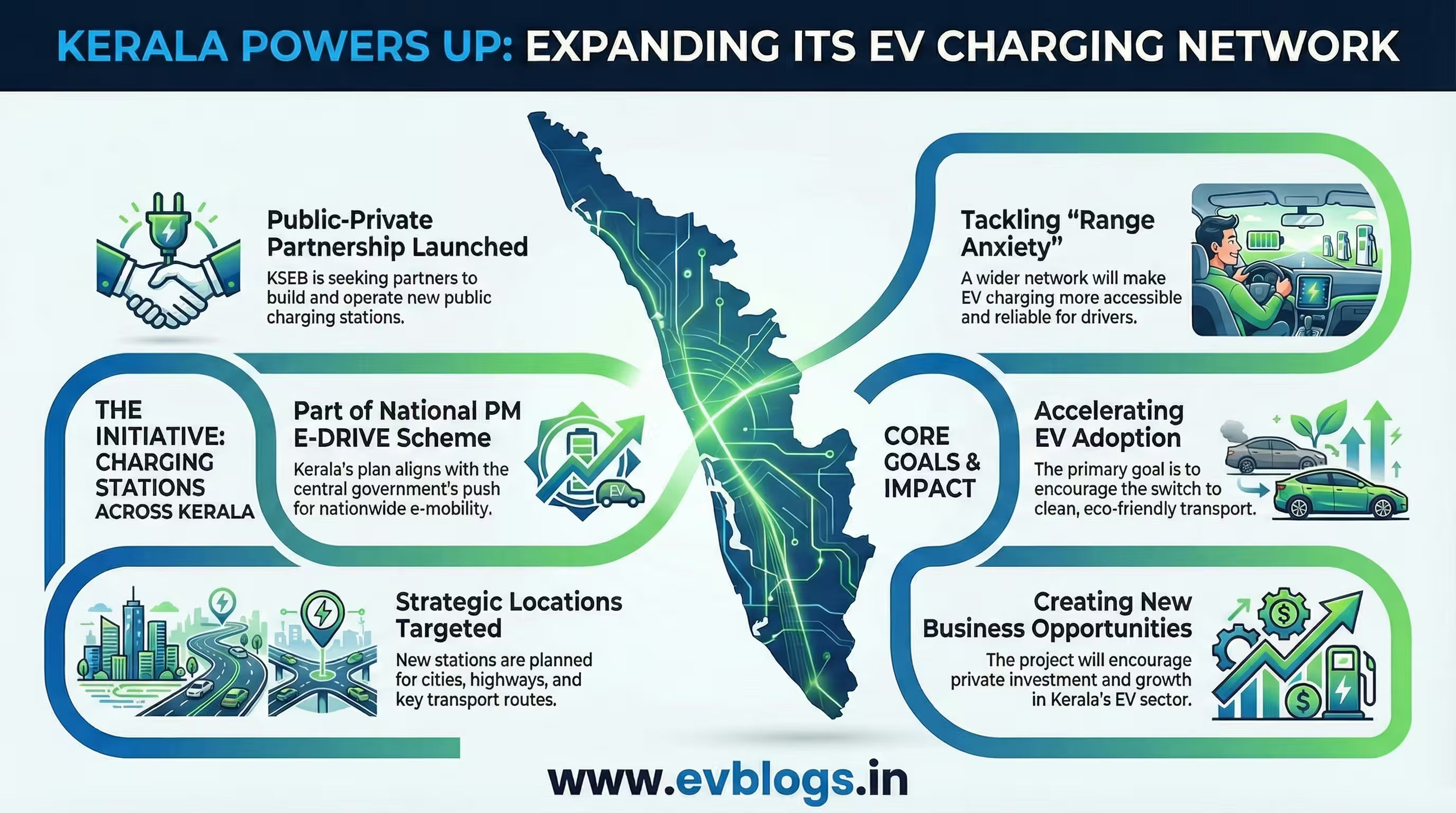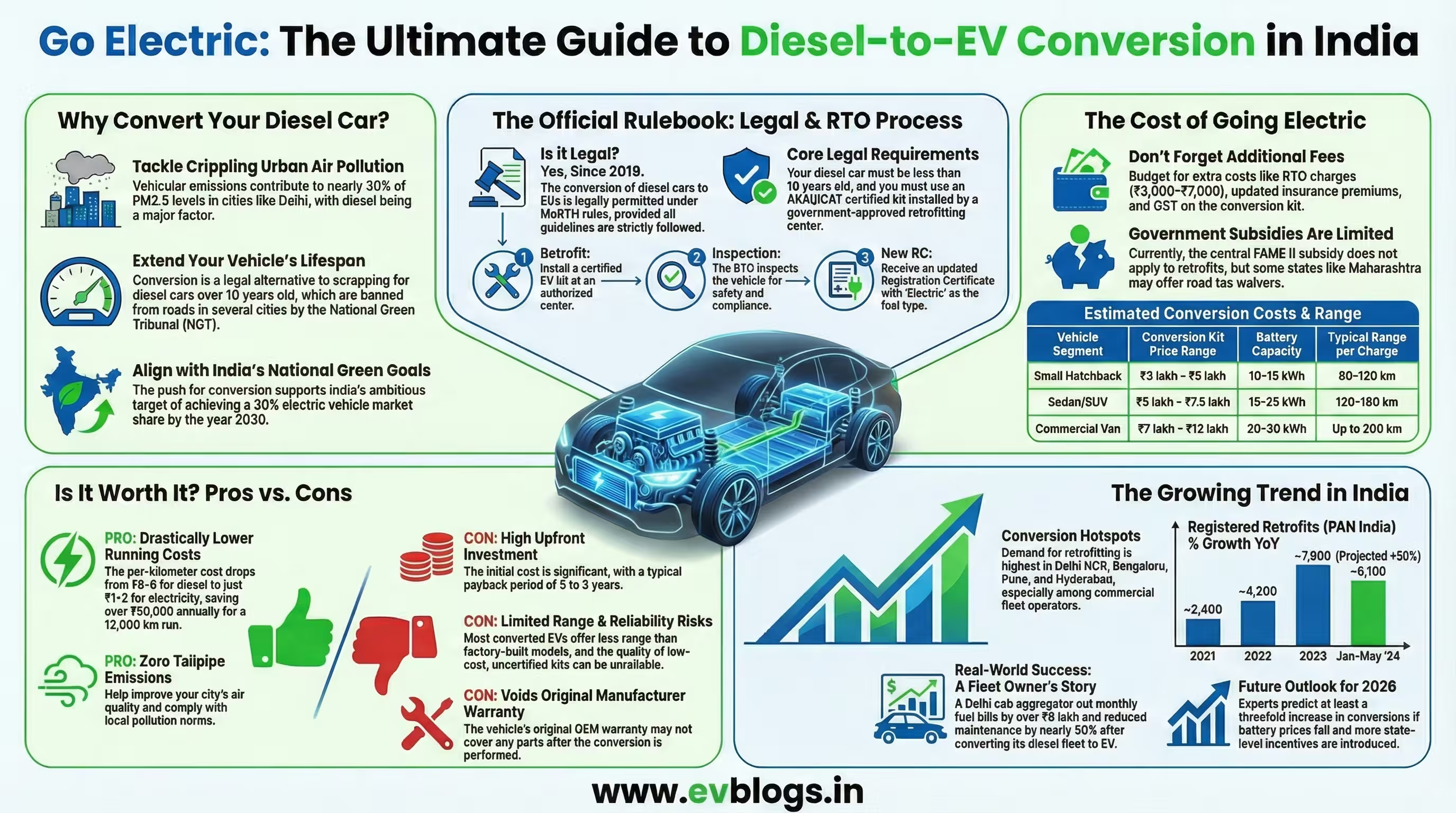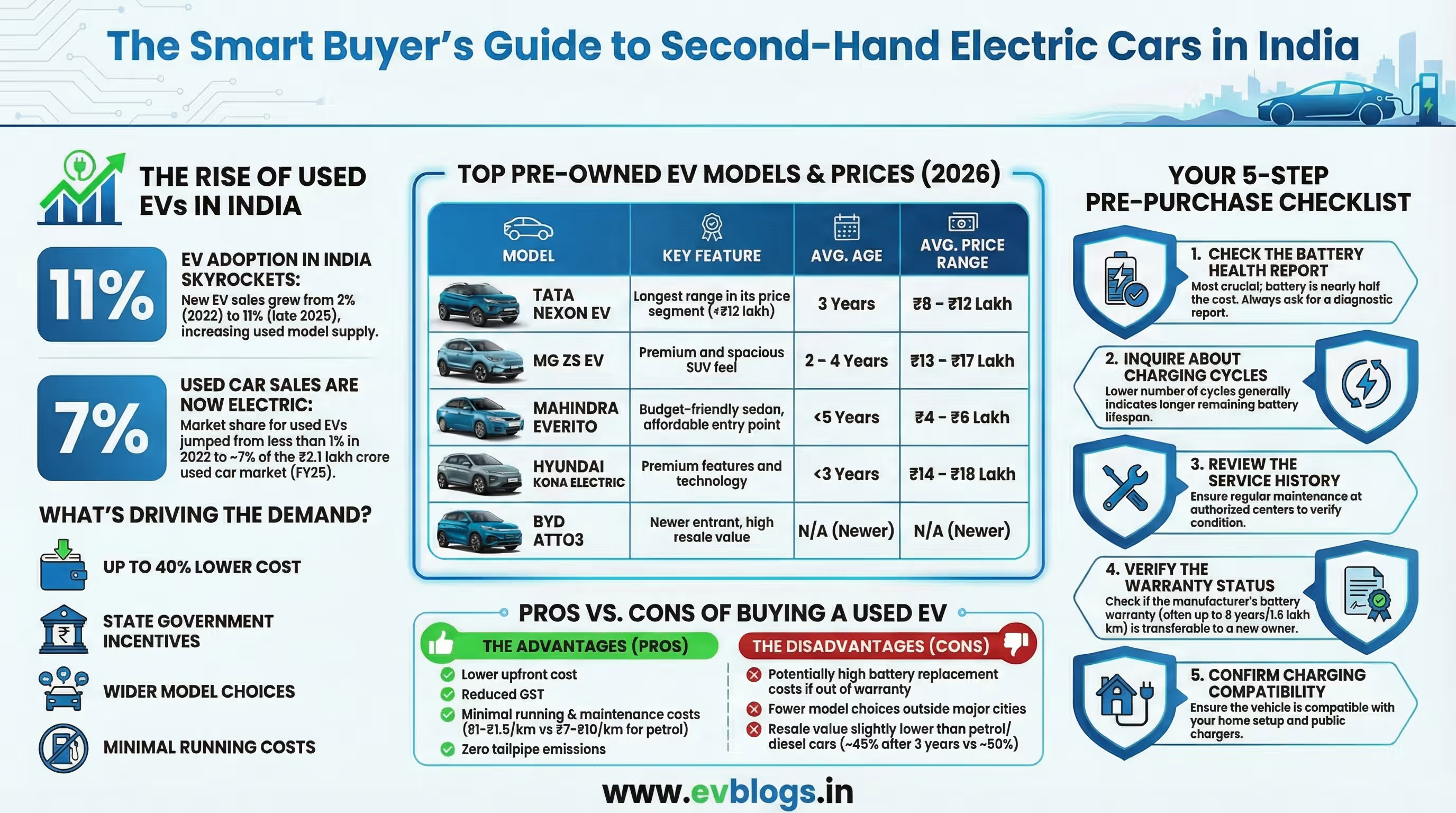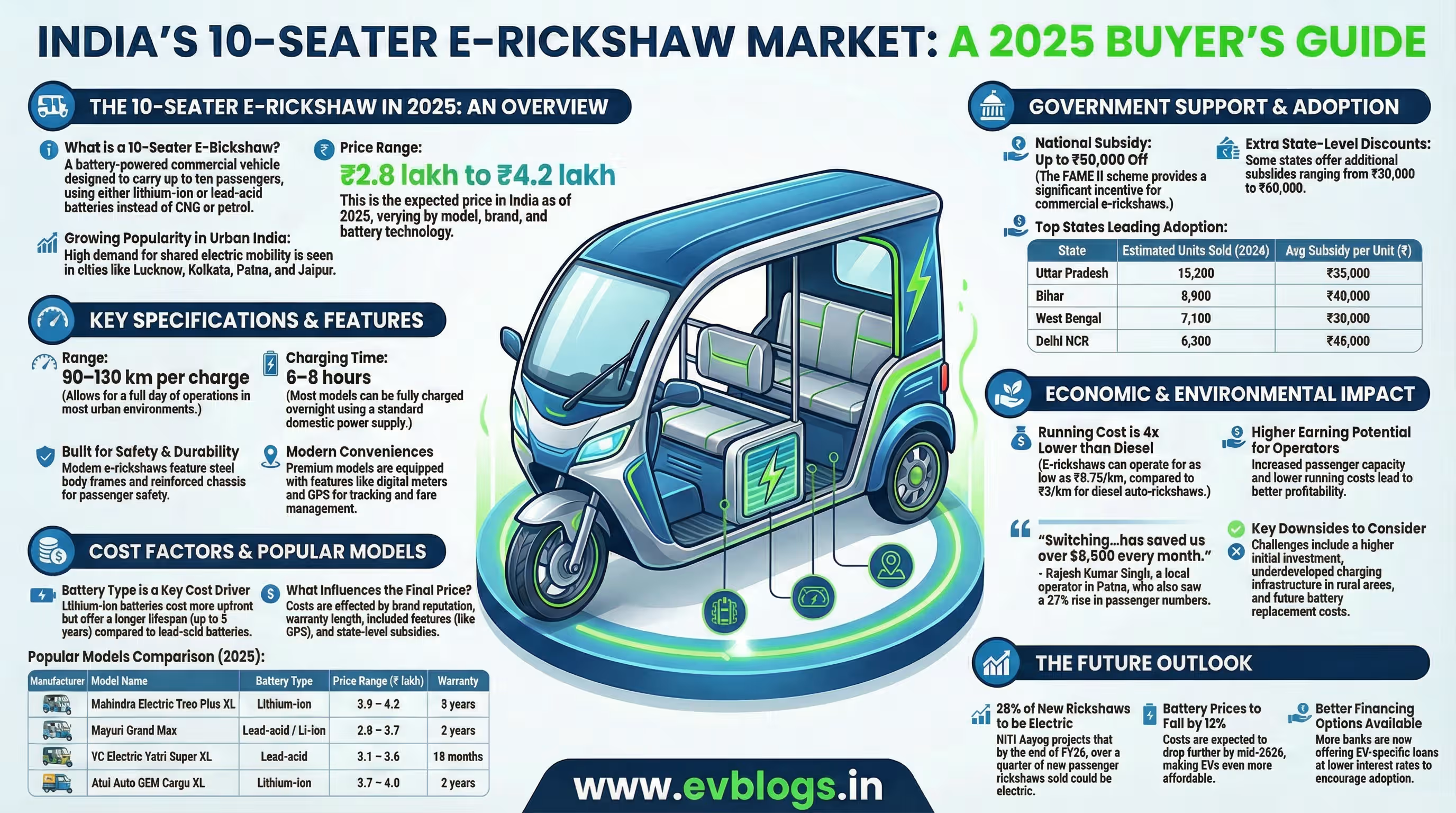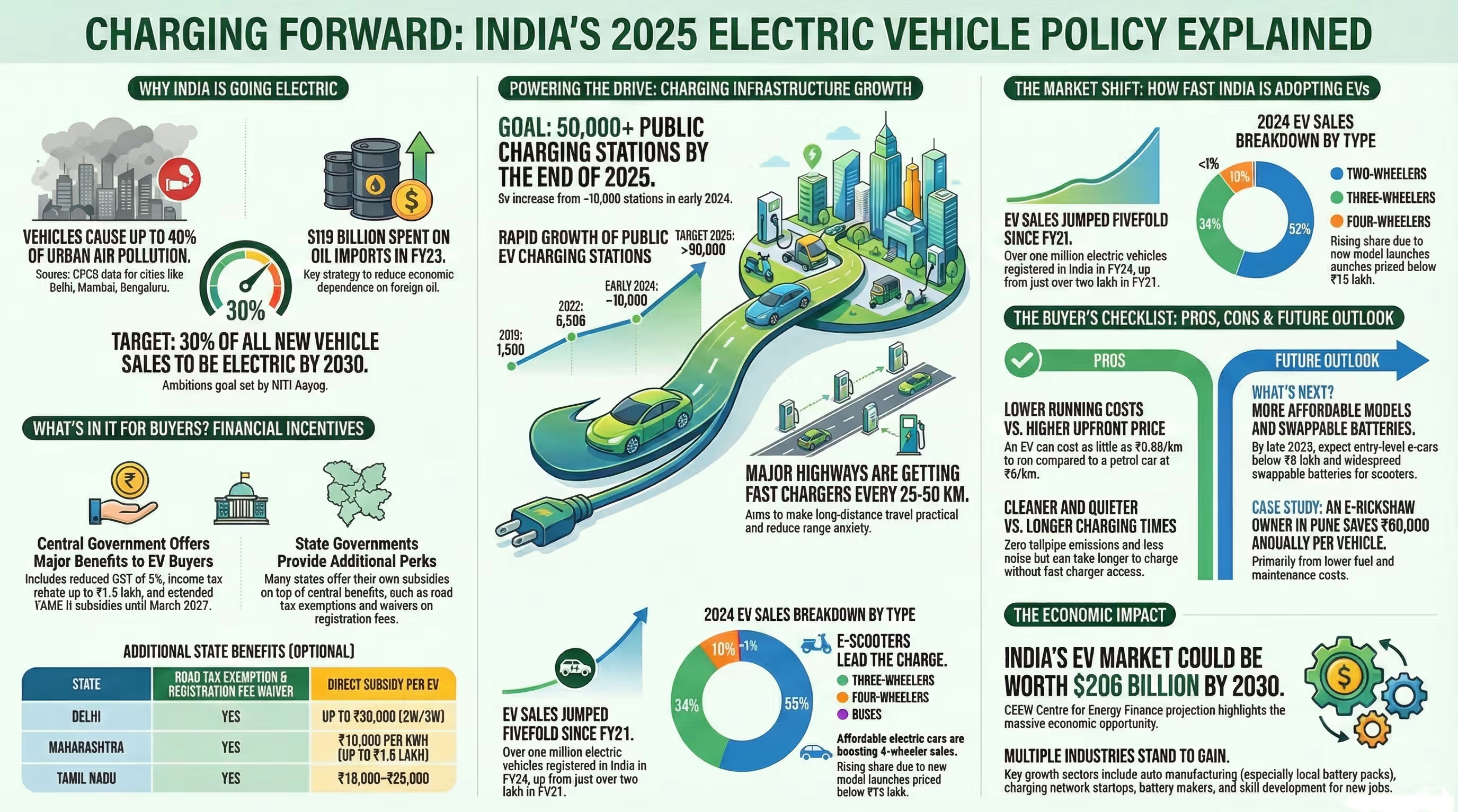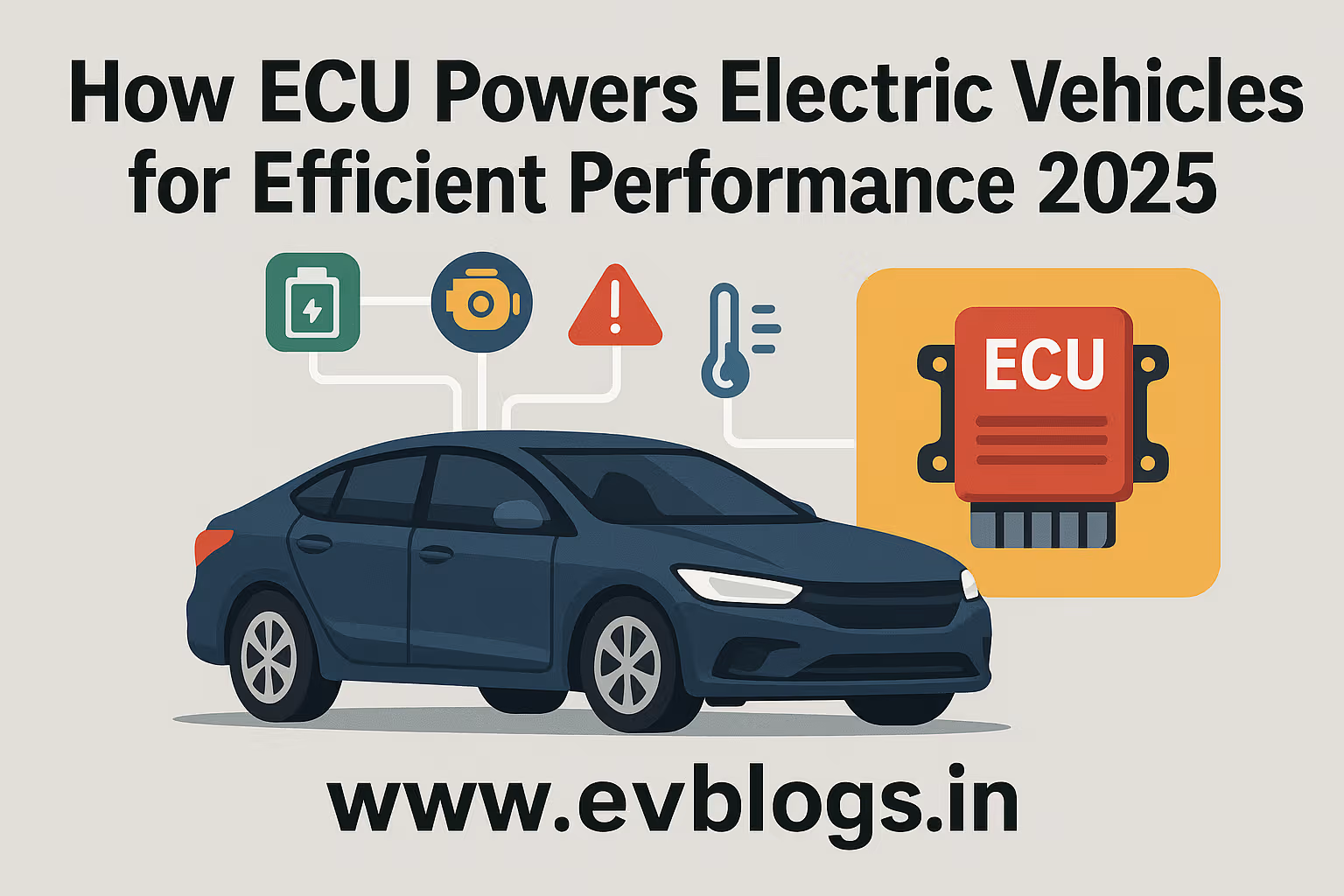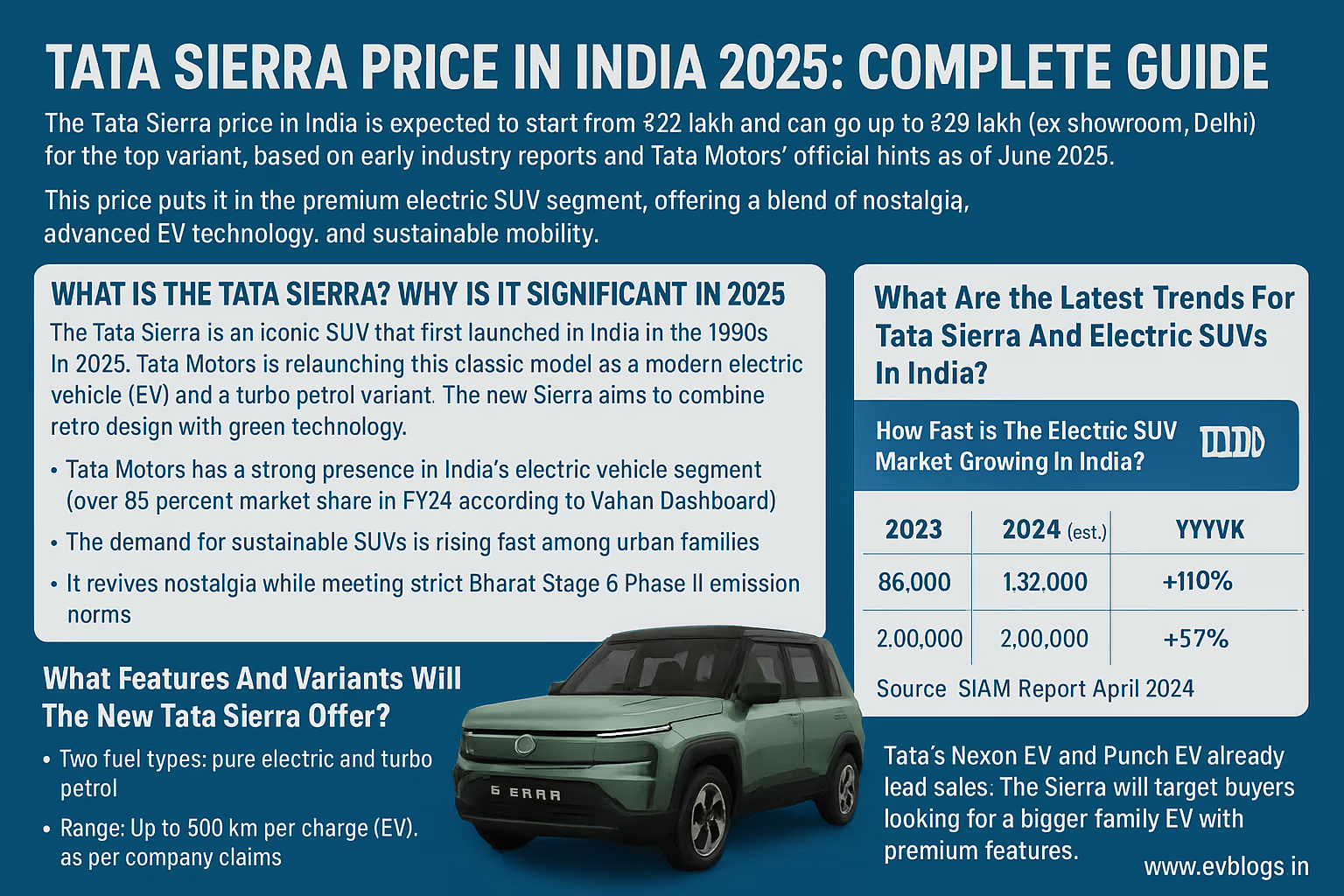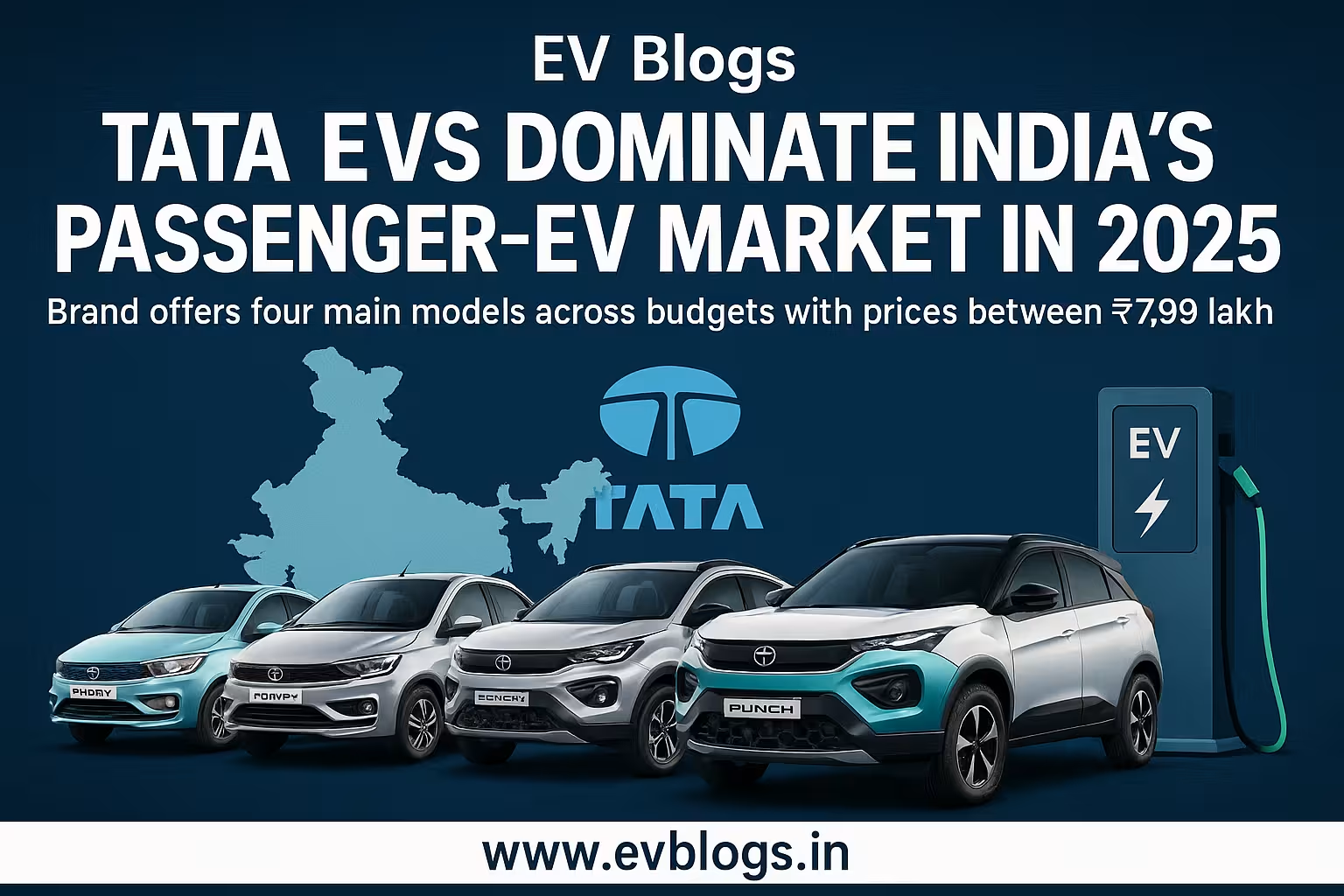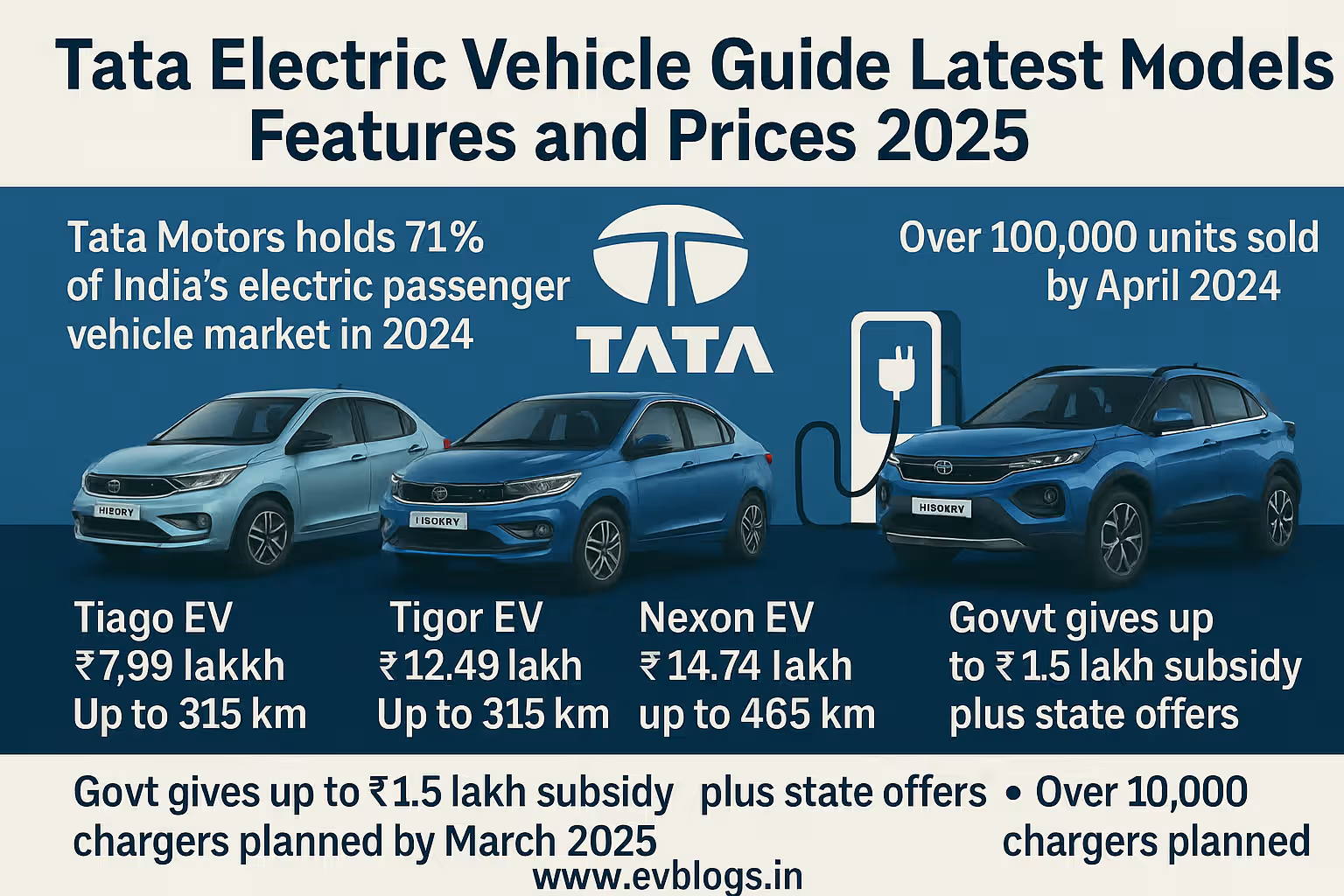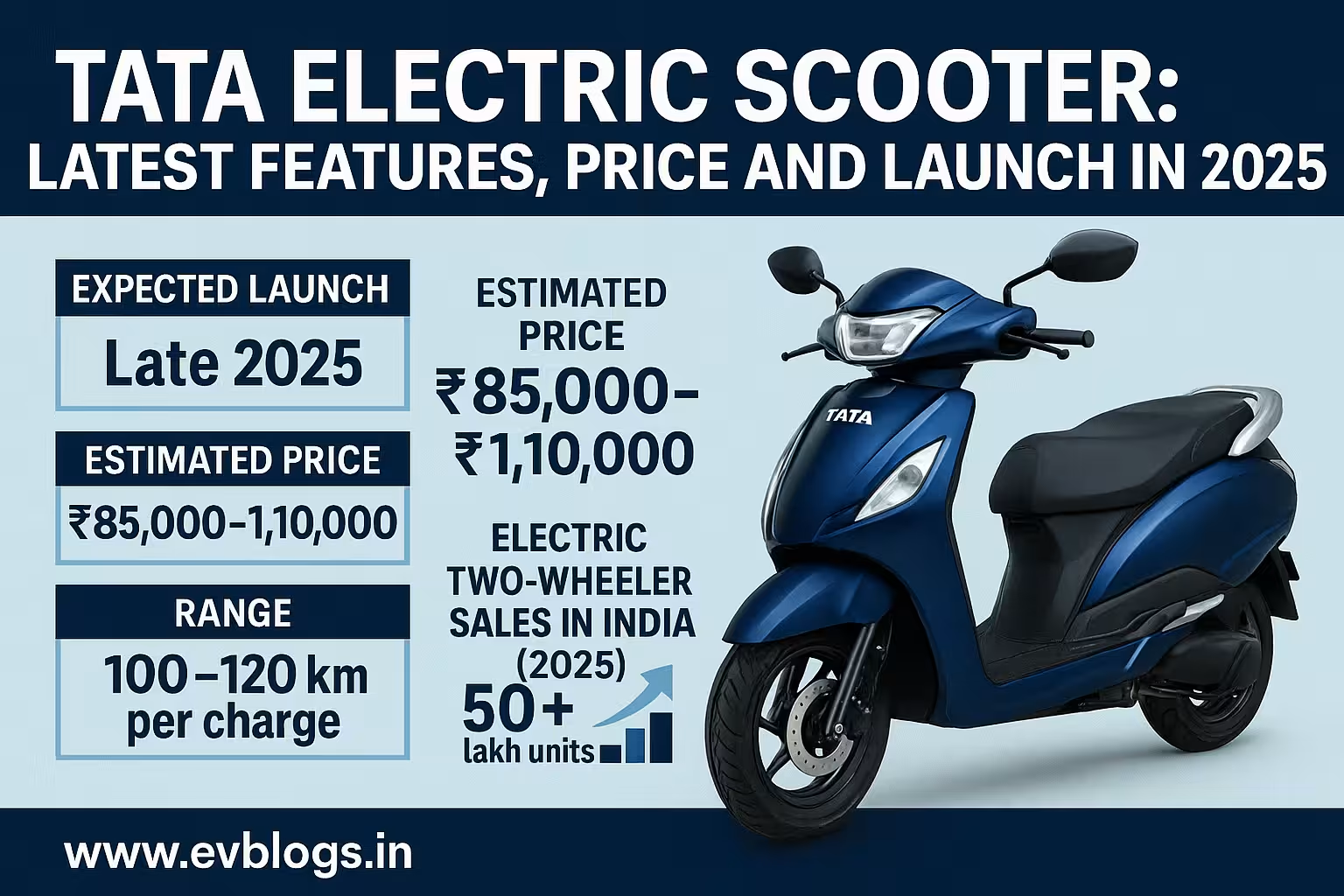Hedhvick Hirav
Hedhvick Hirav is a dedicated EV researcher and editor with over 4 years of experience in India’s growing electric vehicle ecosystem. Their contributions have been recognized in leading sustainability publications and automotive journals.
Summarize & analyze this article with
Choose an AI assistant and open this article directly:
Tip: if the AI doesn’t fetch the page automatically, paste the article URL manually.
Best Electric Cars Under ₹10 Lakh in India 2025 Guide
Introduction: Why Cheap Electric Cars are Important in India Today
The automotive industry in India is quickly shifting to electric mobility. The increase in fuel prices, air pollution, and government EV incentives have made affordable EVs a viable choice to many consumers.
An electric car below 10 lakh is the most affordable option to move to clean mobility in most families. In order to meet this increasing customer base, manufacturers are releasing new and refurbished models in 2025.
The Increasing Demand of the Low Priced Electric Cars
Government Push:
- FAME II scheme provides subsidies on EVs.
- Target: 3 out of 10 cars sold in 2030 be electric.
Increasing Fuel Prices:
- The prices of petrol/diesel are driving consumers to EVs to save money.
Urban Air Pollution:
- In highly polluted cities, EVs can assist in cutting emissions.
To whom is this guide addressed?
- New car owners
- Urban commuters
- Families who are trading up two-wheelers or old hatchbacks
- Environment-conscious individuals
Important Statistics: Electric cars in India under 10 Lakh (2025)
| Model | Prices | Price Range(Claimed) | Battery | Type | Launch/Update |
|---|---|---|---|---|---|
| Tata Tiago EV XE | 8.69 lakh | 250 km | 19.2 kWh | Hatchback | 2024 |
| MG Comet EV | 7.98 lakh | 230 km | 17.3 kWh | Microcar | 2023 |
| Citroen eC3 Live | 9.99 lakh | 320 km | 29.2 kWh | Hatchback | 2023 |
| Mahindra e2o NXT | ~9 lakh | ~180 km | ~17 kWh | Hatchback | 2025 |
Expected specs
Top Models - Breakdown
Tata Tiago EV XE
- Battery: 19.2 kWh, range up to 250 km
- Charging: 6-9 hrs AC, fast-charging compatible
- Safety: dual airbags, ABS with EBD
- Best Use: Urban commuting
- Case: Pune IT professional pays 3 days at a time 40 km/day commute
MG Comet EV
- Battery: 17.3 kWh, range up to 230 km
- Size: Very small, convenient parking
- Tech: Smart Connected, digital cluster
- Best Suited: City dwellers with the sense of fashion and easiness in handling the car
- Example: Mumbai couple uses on short trips & errands
Citroen eC3 Live
- Battery: 29.2 kWh, range up to 320 km
- Comfort: Big ride, comfy seat
- Charging: Its charging is fast
- Most Appropriate: Families that need more range and space
- Case in point: Bengaluru family pays twice a week to work, school, outings
Mahindra e2o NXT (Expected)
- Compact design
- Projected ~180 km range
- Improved safety
- Marketed to urban consumers
Eligibility Who Can Buy?
- Age: 18+ and LMV driving license
- Subsidy: Model should be FAME-listed
- Funding: Low interest green mortgages, 10-20 down payment
Pros of Purchasing an Electric Vehicle below 10 Lakh
Financial:
- Running cost of 0.90-1.20/km vs 5-8 petrol/diesel
- Reduced maintenance cost
- Central FAME II subsidy: 20k-1.5 lakh
- State incentives: exemption of road tax, waiver of registration
Environmental:
- Zero tailpipe emissions
- Less noise pollution
Other Perks:
- Preferential parking/charging spaces in certain cities
Buying Process
- Research: Comparison of size of battery, range, warranty
- Check Incentives: FAME II & state portals
- Test Drive: Shortlist according to your commute
- Funding: Loan, KYC
- Booking fee: Pay the booking fee, confirm after- subsidy price
- Delivery: Make sure that charging cable/adaptor is included
- Home Charging: installation of Wallbox or standard socket
Practical Tips
- Save battery using eco mode
- Pre-cool/warm cabin when plugged in
- Install home wallbox to charge quicker
- Public stations: apps (PlugShare, Tata Power EZ Charge)
- Make the highway trips to include charging breaks
Expert Insights
- Small towns will lead the next EV wave. AutoCar India
- EVs are economically feasible with 50 km/day driving. Clean Mobility Advocate
- Choose models that have 5+ year battery warranty. Auto Journalist
Comparison Table
| Feature | Tata Tiago EV XE | MG Comet EV | Citroen eC3 Live |
|---|---|---|---|
| Price | 8.69 lakh | 7.98 lakh | 9.99 lakh |
| Range | 250 km | 230 km | 320 km |
| Body Type | Hatchback | Microcar | Hatchback |
| Fast Charging | Yes - | No - | |
| Boot Space | Good | Small | Big |
| Warranty | Up to 8 years | Up to 3 years | Up to 7 years |
| Suited to | Commuter | City runabouts | Families |
FAQ
Q1: What is the cheapest EV below 10 lakh?
A: MG Comet EV
Q2: Practical range?
A: 75-85 percent of claimed (e.g., 250 km -> ~190-210 km)
Q3: Charging time?
A: 6-8 hrs home socket; ~60 mins 0-80% at fast charger
Q4: Extrametro charging?
A: Metros: strong, tier-II/III towns: growing
Q5: What is the price to replace the battery?
A: 1-2 lakh, with majority having 5+ year warranties
Conclusion
The low-cost EVs below 10 lakh are feasible in urban commuting, with low running costs, environmental advantages, and better infrastructure.
Prior to purchase:
- Take a test drive of several models
- Look at local charging possibilities
- Think of subsidies and long-term savings
The 2025 is the year to go electric on a budget with options available in Tata, MG, Citroen, and future models.
Sources
- Ministry of Heavy Industries – FAME II Official Portal
- Tata Motors – Official Product Page & Press Releases
- MG Motor India – Official Specifications Brochure
- Citroen India – Corporate Announcements & Media Briefings
- SIAM Industry Reports – Society of Indian Automobile Manufacturers
- AutoCar India Reviews & News Analysis


